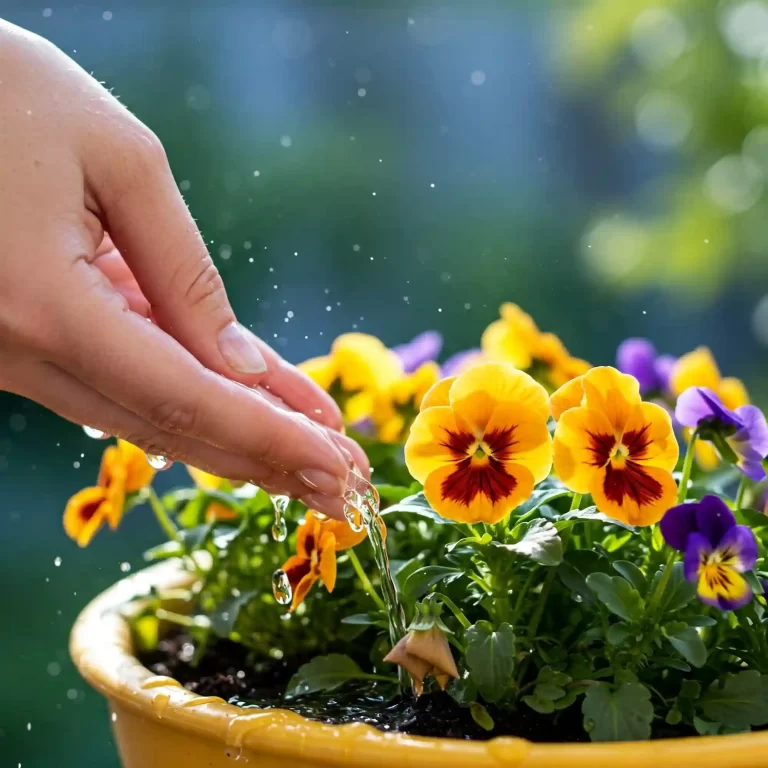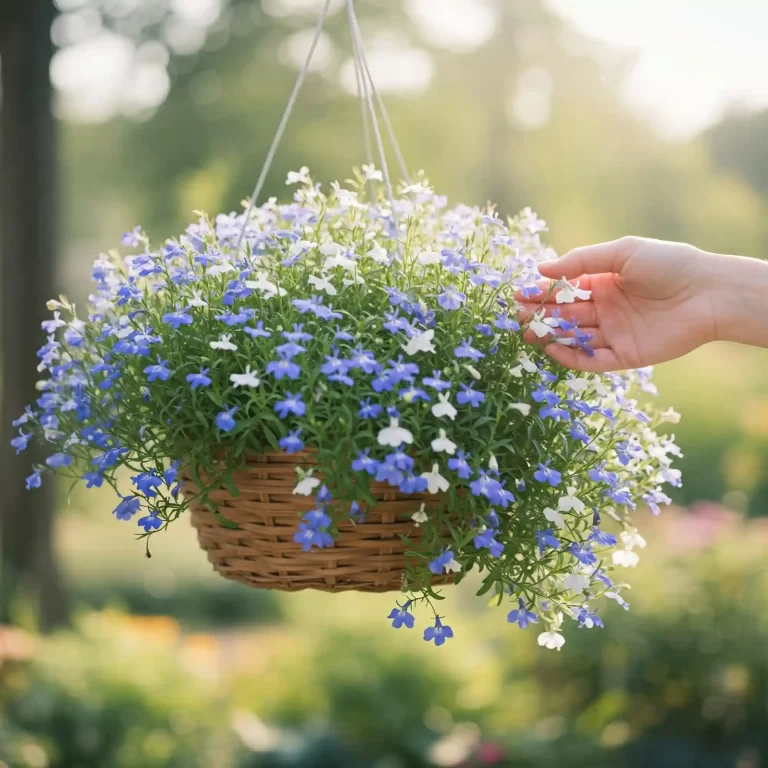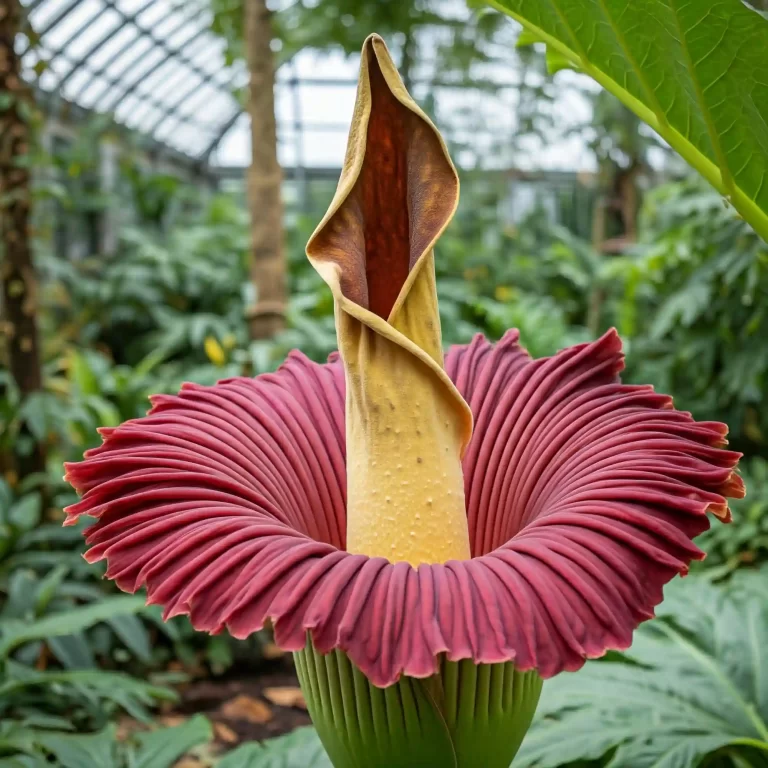Passion flowers, with their exotic blooms and intriguing history, have captured the hearts of gardeners worldwide. However, cultivating these vibrant vines can be challenging for beginners. This comprehensive guide will transform you from a passion flower enthusiast into a successful grower. We’ll delve into every aspect of passion flower care, from selecting the perfect spot to troubleshooting common problems. Let’s embark on this journey together and unlock the secrets to nurturing these captivating plants.
Understanding Passion Flowers
Passion flowers, scientifically known as Passiflora, are captivating vines renowned for their intricate, exotic blooms. These tropical or subtropical plants boast a diverse range of species, each with unique characteristics. From the delicate tendrils to the vibrant, often multicolored flowers, passion flowers add a touch of the exotic to any garden. While their beauty is undeniable, cultivating these vines requires specific knowledge to ensure their thriving growth.
Choosing the Perfect Spot for Your Passion Flower
Selecting the ideal location is paramount for passion flower success. These sun-loving plants thrive in areas with ample sunlight, ideally six to eight hours daily. While they can tolerate partial shade, reduced sunlight may impact flowering. Well-draining soil is essential to prevent root rot, as passion flowers are susceptible to waterlogged conditions. Consider incorporating organic matter like compost to enrich the soil and improve drainage.
For outdoor cultivation, consider your region’s climate. Passion flowers are generally frost-tender, so choose a sheltered spot protected from cold winds. If you reside in a colder climate, growing passion flowers in containers allows for easy relocation indoors during winter.
Planting Your Passion Flower
The optimal time to plant passion flowers is spring after the last frost has passed. Whether you’re starting from seeds or seedlings, proper planting techniques are crucial.
Planting Passion Flower Seeds:
- Seed Preparation: Soak seeds in warm water for 24-48 hours to soften the hard outer coating.
- Planting: Fill pots or seed trays with well-draining potting mix. Plant seeds about 1/4 inch deep, covering lightly with soil.
- Germination: Place pots in a warm, sunny location and maintain consistent moisture. Germination can take several weeks.
Planting Passion Flower Seedlings:
- Site Preparation: Choose a sunny location with well-drained soil. Dig a hole twice the size of the root ball.
- Planting: Gently remove the seedling from its container, loosen the roots, and place it in the prepared hole. Backfill with soil, firming gently.
- Watering: Water thoroughly after planting.
Providing adequate support for your passion flower vine is essential as it grows. A sturdy trellis, fence, or arbor can encourage upward growth and prevent the vine from becoming tangled.
Caring for Your Passion Flower
Consistent care is essential for cultivating thriving passion flowers. Regular watering is crucial, especially during hot, dry periods. However, avoid overwatering as it can lead to root rot. Deep watering is preferable to frequent shallow watering, encouraging deep root development.
To promote healthy growth and abundant blooms, fertilize your passion flower regularly during the growing season. A balanced liquid fertilizer diluted to half strength can be applied every two to four weeks. Avoid excessive fertilization, as it can result in lush foliage but fewer flowers.
Pruning is an important aspect of passion flower care. Regular pruning helps maintain the plant’s shape, encourages new growth, and promotes flowering. Prune in late winter or early spring before new growth emerges. Remove dead, diseased, or crossing branches. For vigorous growth, you may need to prune more frequently.
Passion flowers are susceptible to various pests and diseases. Common culprits include aphids, spider mites, and powdery mildew. Regularly inspect your plants for signs of infestation or disease. If problems arise, consider using organic pest control methods or insecticidal soap. Proper air circulation around the plant can help prevent fungal diseases.
Propagating Passion Flowers
Expanding your passion flower collection or sharing these beautiful vines with others is possible through propagation. Two common methods are from cuttings and seeds.
Propagation from Cuttings:
- Timing: The best time to take cuttings is during the growing season, typically spring or summer.
- Preparation: Select healthy, non-flowering stems with multiple nodes. Cuttings should be about 6-8 inches long. Remove leaves from the bottom half of the cutting.
- Rooting Hormone: Dip the cut end of the cutting in rooting hormone to encourage root development.
- Planting: Insert the cutting into a pot filled with a well-draining potting mix. Cover the pot with a plastic bag to create a humid environment.
- Care: Place the pot in a warm, bright location, avoiding direct sunlight. Maintain consistent moisture but avoid overwatering. Roots should develop within several weeks.
Propagation from Seeds:
- Seed Collection: Allow passion fruit to ripen fully on the vine before harvesting. Extract the seeds from the fruit and clean them thoroughly.
- Planting: Fill pots with a well-draining seed starting mix. Plant seeds about 1/4 inch deep, covering lightly with soil.
- Germination: Place pots in a warm, sunny location and maintain consistent moisture. Germination can take several weeks to months.
Propagating passion flowers from cuttings is generally more successful than starting from seeds. However, both methods offer opportunities to expand your passion flower collection.
Troubleshooting Common Passion Flower Problems
Despite proper care, passion flowers can encounter various challenges. By understanding common problems and their solutions, you can help your plants thrive.
Yellowing Leaves
Yellowing leaves can indicate several issues:
- Overwatering: Ensure proper drainage and reduce watering frequency.
- Nutrient Deficiencies: Check for signs of nutrient deficiencies and apply a balanced fertilizer.
- Pests: Inspect for pests like aphids or spider mites. Treat accordingly.
Lack of Blooms
Several factors can contribute to reduced flowering:
- Insufficient Sunlight: Ensure your passion flower receives adequate sunlight.
- Improper Pruning: Excessive pruning can hinder flowering.
- Nutrient Imbalance: Provide a balanced fertilizer to support bloom production.
- Overcrowding: Thin out dense foliage to improve air circulation and light penetration.
Pests and Diseases
Common pests include aphids, spider mites, and scale insects. Diseases like powdery mildew can also affect passion flowers. Regularly inspect your plants for signs of infestation or disease. Use organic pest control methods or insecticidal soap when necessary. Proper air circulation and sanitation can help prevent problems.
Enjoying Your Passion Flower
With proper care and attention, your passion flower will reward you with stunning blooms and potentially delicious fruit.
- Harvesting Passion Fruit: If your passion flower variety produces edible fruit, allow it to ripen fully on the vine. The skin should turn a deep color, and the fruit should yield slightly to gentle pressure.
- Landscaping: Passion flowers are versatile plants that can be incorporated into various garden designs. They can be trained to climb trellises, fences, or arbors, creating a vertical focal point.
- Attracting Pollinators: Passion flowers are magnets for butterflies, bees, and hummingbirds. By planting passion flowers, you contribute to creating a pollinator-friendly garden.
By following these guidelines, you can successfully cultivate and enjoy the beauty of passion flowers in your garden.
Conclusion
By following these comprehensive guidelines, you’re well-equipped to cultivate thriving passion flowers in your garden. Remember, patience and consistent care are essential for success. With time and dedication, you’ll be rewarded with the enchanting beauty of these remarkable vines.
Share your passion flower growing journey with fellow enthusiasts and don’t hesitate to experiment with different varieties and cultivation techniques. Happy gardening!
Additional Resources:
- Your local gardening center
- Online gardening forums and communities
- Botanical gardens and arboreta
Frequently Asked Questions About Growing Passion Flowers
Q: How often should I water my passion flower? A: Passion flowers prefer consistent moisture but dislike soggy soil. Water deeply and allow the soil to dry slightly between waterings. Adjust watering frequency based on climate and soil conditions.
Q: When is the best time to prune my passion flower? A: The ideal time to prune passion flowers is in late winter or early spring before new growth emerges. This allows the plant to focus energy on flowering rather than vegetative growth.
Q: Can passion flowers be grown indoors? A: Some passion flower varieties can be grown indoors, especially in colder climates. Choose compact varieties and provide ample sunlight. Consider using grow lights during winter months.
Q: Why is my passion flower not blooming? A: Several factors can affect flowering, including insufficient sunlight, improper pruning, nutrient deficiencies, and overcrowding. Ensure your plant receives adequate sunlight, prune appropriately, fertilize regularly, and thin out dense foliage.
Q: What are some common pests and diseases that affect passion flowers? A: Common pests include aphids, spider mites, and scale insects. Diseases like powdery mildew can also be a problem. Regularly inspect your plants for signs of infestation or disease. Use organic pest control methods or insecticidal soap when necessary.
Q: Can I eat passion fruit? A: Yes, many passion flower varieties produce edible fruit. Allow the fruit to ripen fully on the vine before harvesting. The skin should be deep in color, and the fruit should yield slightly to gentle pressure.
By addressing these common questions, you can troubleshoot potential challenges and enjoy the beauty of your passion flowers.



